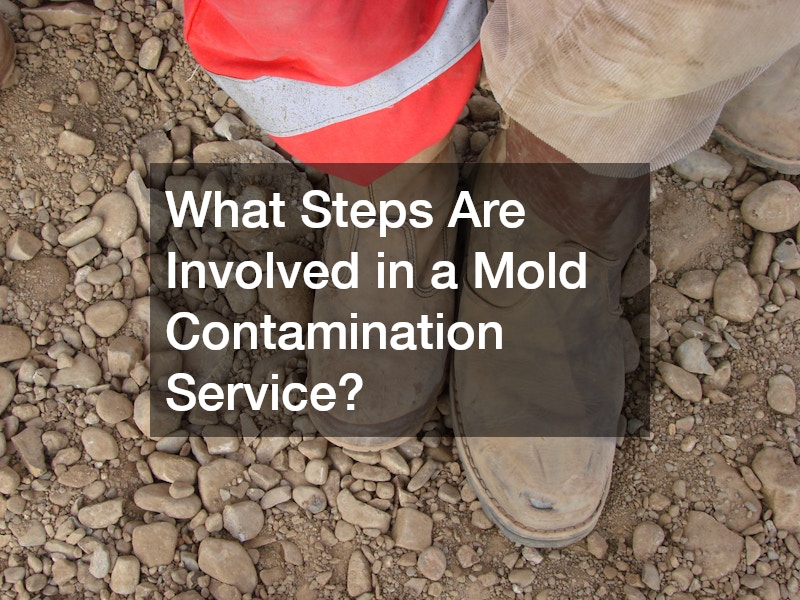Mold contamination can be a serious problem, impacting both the health of individuals and the structural integrity of buildings. Mold thrives in moist environments, and once it takes hold, it can spread rapidly, causing significant damage. In order to properly address this issue, it’s crucial to understand the systematic steps involved in a professional mold contamination service. This comprehensive approach not only removes existing mold but also addresses the underlying issues to prevent future growth. We’ll explore the critical procedures involved in managing mold contamination effectively.
Inspection and Assessment
The initial step in any mold contamination service is a thorough inspection and assessment. Trained professionals begin by examining the property to identify visible and hidden mold problems. This includes checking high-risk areas such as basements, attics, and bathrooms where moisture is more prevalent. The use of specialized tools, such as moisture meters and infrared cameras, aids in detecting moisture levels and potential hidden mold. The findings from this stage provide a roadmap for the entire mold remediation process, ensuring that every aspect of the contamination is addressed.
Containing the Mold
Containment is a critical step to prevent the spread of mold spores to uncontaminated areas. Professionals set up physical barriers, such as plastic sheeting, and utilize negative air pressure systems to isolate the affected zones. This step is crucial as mold spores can become airborne and settle in other areas, potentially causing new growths. Additionally, HVAC systems are often shut down to prevent the circulation of spores. Through effective containment strategies, mold remediation professionals protect the rest of the property from contamination while they work to eradicate the existing mold.
Mold Removal
Once containment is in place, the actual process of mold removal begins. The approach taken depends on the extent and type of mold contamination present. Hard surfaces may be cleaned and scrubbed, while porous materials often need to be discarded because mold can penetrate deeply and be difficult to clean fully. This effort ensures that all visible mold is eliminated, and affected materials are either restored or safely disposed of. Specialized cleaning agents are used to not only clean but also disinfect the area, providing an extra layer of protection against recurring mold growth.
Cleaning and Sanitizing
Following mold removal, the next step is cleaning and sanitizing the affected areas. This involves cleaning up any residual mold spores that might have been left behind during earlier steps. High-efficiency particulate air (HEPA) vacuums are generally used to trap tiny spores and prevent them from reentering the air. Sanitizing the surfaces with approved antimicrobial treatments helps to ensure that any remaining mold spores are effectively neutralized. Notably, this step is crucial for maintaining a healthy indoor environment once the remediation process is completed. It’s also an important part of odor control, which further improves the post-remediation air quality.
Restoration and Prevention
The final steps in a mold contamination service involve restoration and implementing preventive measures. Restoration entails repairing any damage caused by mold, such as replacing drywall, carpeting, or other building materials that were removed. It’s equally important to address the underlying moisture problems—without this, there’s a high risk of mold returning. Potential solutions might include improving ventilation, fixing leaks, and installing vapor barriers. A professional mold remediation service not only restores your property to a safe, livable condition but also educates you on ways to prevent future mold outbreaks.
Understanding and adhering to the steps involved in a mold contamination service is essential for effectively tackling mold issues in any environment. From the initial inspection and containment to thorough cleaning and prevention, each stage plays a vital role in ensuring successful remediation. The process is not just about removing visible mold but also about preventing it from returning, thus safeguarding the health of the building’s occupants and the building itself. For anyone dealing with mold issues, enlisting professional services can provide peace of mind, knowing every aspect of the problem is being professionally managed.



